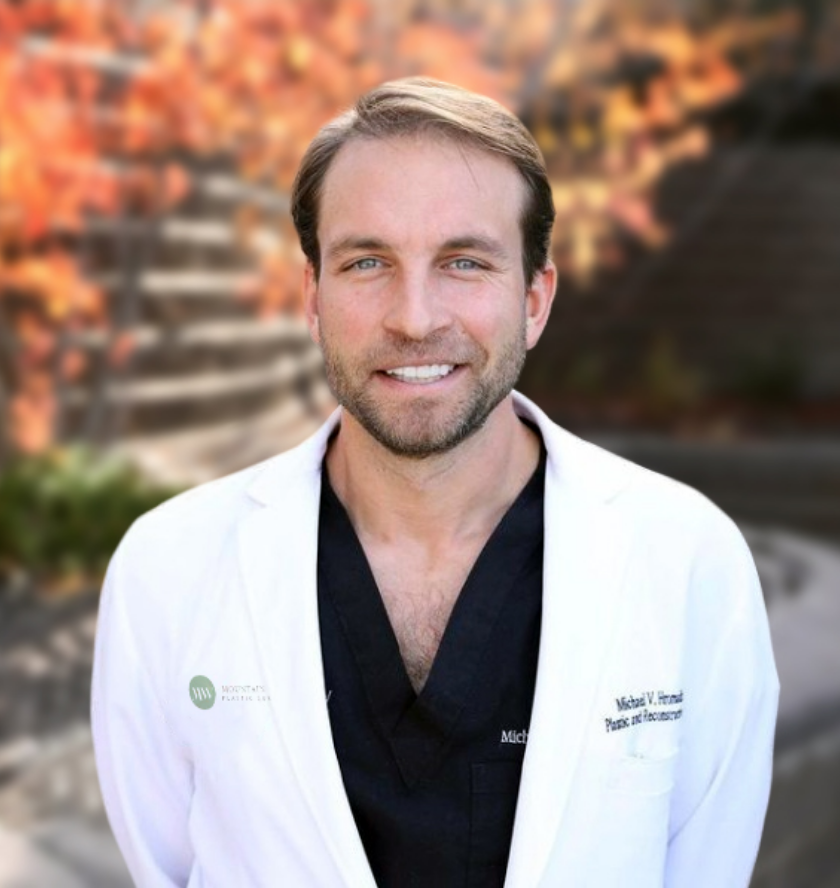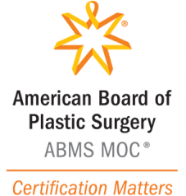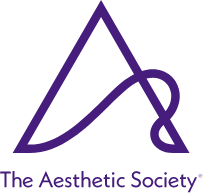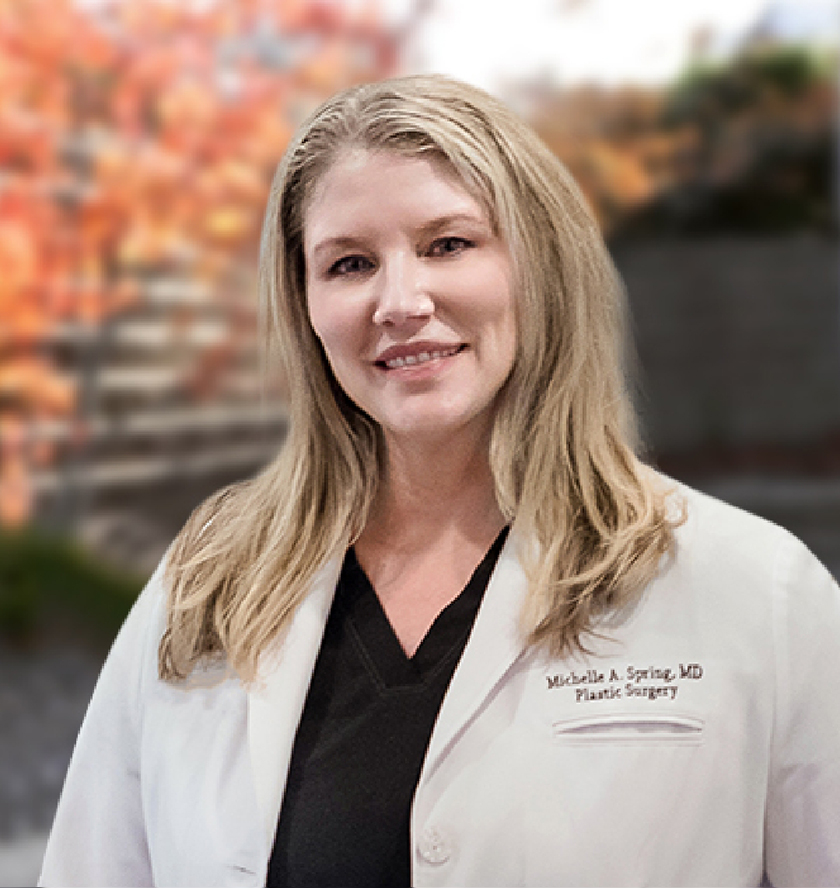Eyelid Surgery
If you’re typically someone with a positive attitude and an active lifestyle, having people ask you if you’re tired or unhappy when you don’t feel that way can be frustrating. Sagging upper eyelids or puffiness under your eyes can create these misperceptions. Our board-certified plastic surgeons perform blepharoplasty, also called eyelid surgery, in Kalispell, Montana, to create a more youthful and refreshed appearance for patients from Whitefish and Great Falls, MT; Coeur d’Alene and Sandpoint, ID; and throughout the Northwest.
Blepharoplasty Results
Featured Results
Keep in mind that each patient is unique and your results may vary.
What Happens During Eyelid Surgery?
After your consultation, Dr. Spring or Dr. Hromadka will create a customized surgical plan that addresses your specific needs. Some patients need only upper or lower eyelid surgery, while others want to improve the appearance of both upper and lower lids. They perform the procedure using either local or general anesthetic, depending on the extent of the surgery.
Upper Eyelid Surgery
Our surgeons start by numbing the area with a local anesthetic with sedation to keep you comfortable throughout the procedure. Your surgeon then makes an incision in the eyelid’s natural crease, which conceals the resulting scar. After removing excess skin and fat—and in some cases, tightening muscle—the surgeon closes the incision.
Lower Eyelid Surgery
You may be put under a general anesthetic for lower eyelid surgery. The incision locations Dr. Spring and Dr. Hromadka use depend on the specific concerns you want to address. For patients getting lower eyelid surgery to minimize sagging and undereye bags, the surgeons make incisions just below the lash line on the outside of the eyelid.
In some cases, the surgeons make incisions on the inside of the lower eyelid—called transconjunctival incisions. This is often performed for younger patients who don’t need skin removed but have pockets of fat that create undereye bags and hollows. The surgeons close the incisions with very fine sutures, and scarring is imperceptible.
Blepharoplasty surgery typically takes 1 to 2 hours, depending on the extent of the procedure. If you’re having upper and lower eyelids done, the surgeon likely will work on the upper lids first, then the lower ones.
My experience could not have been better! Friendly, helpful staff, a very talented doctor, no pain at all, no post-op issues. Expectations and healing process were described in detail. I look like I never had surgery (6 weeks post op), but, like I had a very restful sleep. Exactly the results I’d hoped for. I highly recommend Dr. Spring and the staff.
5-Star RealSelf review
Why Do People Get Eyelid Surgery?
Even though eyelid surgery is usually thought of as a procedure to reduce signs of aging, adults of all ages can benefit from the procedure. Younger women and men may get eyelid surgery because they inherit certain traits, including:
- Hooded upper eyelids that create a “sleepy” look
- Puffy undereye bags
- Sagging or drooping upper eyelids
If you’re choosing to get eyelid surgery to address the effects of aging, you may want to combine it with other facial rejuvenation procedures such as a facelift or brow lift. Whether you choose eyelid surgery on its own or as part of a larger operation, our financing options can empower you to achieve your ideal look.
Meet Our Surgeons
The combination of surgical skill and decades of experience sets Dr. Spring and Dr. Hromadka
apart from other plastic surgeons not just in Kalispell, but throughout Montana and the
Northwest. Assisted by Kristy Ehrmantraut, PA-C, their surgical physician assistant, Dr. Spring
and Dr. Hromadka are known for their down-to-earth personalities and for spending the time to
truly understand their patients’ goals.
Michael Hromadka, MD
Meet
Credentials You Can Trust
Credentials You Can Trust
How Long Is Recovery After Eyelid Surgery?
The time it takes to recover after eyelid surgery depends on your age, how quickly you typically heal, the extent of the surgery, and other factors. Most patients feel ready to go back to work within 7 to 10 days after the procedure. During the first week, you’ll experience the most significant bruising and swelling. We provide detailed post-op instructions about caring for your incisions and prescribe pain medication to manage any discomfort you experience.
Although it’s important to take short walks periodically as you recover, you should avoid any activities that could raise your blood pressure for the first few weeks after your surgery. Most patients can watch television within 2 to 3 days of their surgery. Avoid wearing contact lenses for at least 2 weeks. Wearing sunglasses helps minimize sensitivity to sunlight and wind, which is normal for several weeks.
Choose a Board-Certified Plastic Surgeon
Are you ready to discover how eyelid surgery at Mountain West Plastic Surgery can help you look rested and refreshed? To discuss your options with one of our two highly trained plastic surgeons, request a consultation using the online form. Or you can call our office at
(406) 609-0210 to schedule an appointment.















